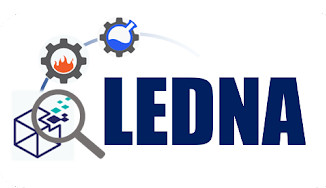Aligned carbon nanotubes/gel electrolytes: towards lightweight, Secure and flexible high-performance Supercapacitors for nomadic operation in Severe conditions
The objective of this project is to develop high-performance supercapacitor architectures integrating innovative electrode materials based on vertically aligned carbon nanotubes (VACNT) on an aluminum current collector[1] and new generation electrolytes responding to specific functionalities in terms of flexibility, lightness, nomadism for safe operation in severe environments (temperature, flammability, leak-free). The dual context in which this project takes place addresses the storage systems developed in the S3CAP project to be integrated both in the combatant’s military equipment and in that of extreme sports practitioners or any other user whose activity requires a power supply of various electrical equipment linked to the growing development of nomadism. The proposed materials are different from the materials currently used in commercial products (activated carbons and liquid electrolytes) to give a possible answer to the technical-economic demands for increased performance in supercapacitors linked to expanded functionalities. The results of this project have led to the maturation of promising technologies (electrodes based on double-sided VACNT) and to the development of new electrolyte systems (quasi-solid gels and eutectic-based liquids)[2]. The project was focusing on a market and specific applications (equipment for the soldier of the future and the field of IoT and connected objects, extreme sports), to lead to prototypes (systems that can be integrated into flexible equipment, even textiles, reliable and safe in severe conditions) and implementation processes dedicated to these practical applications. The ASTRID Maturation S3CAP project is a fundamental research project coordinated by Mathieu Pinault (Researcher at CEA Saclay DRF/IRAMIS/NIMBE) involving partners from CY Cergy Paris University (LPPI Laboratory), the University of Tours (PCM2E Laboratory) and NAWATechnologies company. The project started in January 2019 and lasted 42 months.

[1] C. Querne et al., ‘A comparative study of high density Vertically Aligned Carbon Nanotubes grown onto different grades of aluminum – Application to supercapacitors’, Journal of Power Sources, 2023, 553, 232258
[2] G. Ah-lung et al., ‘Guidelines for design-ing highly concentrated electrolytes for low temperature applications ChemComm, 2020, 56 (68), 9830—9833. https://doi.org/10.1039/D0CC03963B




